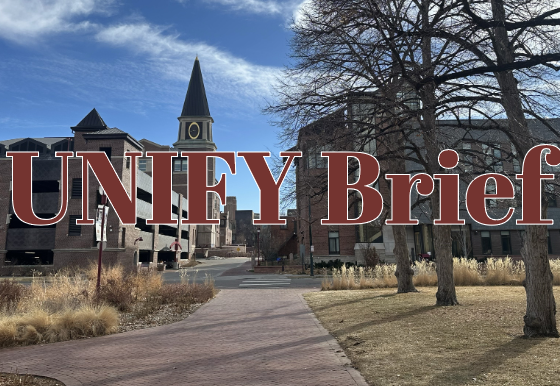Western education has always incorporated inaccurate information into its curriculum. This, in turn, encapsulates the flaws and effects educational institutions have on our country, as well as on students, faculty, staff and administrators within those institutions.
Educational institutions have long taught that when “settlers” first arrived in the Americas that Native people were primitive and savage — a group that needed serious help. In reality, these same communities saved European colonizers from starvation and exposure. Inaccurate teaching has led us to believe these lies as facts.
It’s not just what’s directly taught that’s a problem. In higher education, there is a huge lack of research revolving around Native Americans. Not only are traditional perspectives and issues disregarded, but Native students are also continuously exposed to different forms of discrimination and isolation that make attending higher education more challenging.
Indigenous students are stranded between two worlds, a conflict between personal and cultural expectations. Research finds that Native American students have the ability to create a split (or distinct) identity separate from their personal identity.
This is referred to as a “cultural mask.” During situations in which Native American students feel alienated from their culture and marginalized on campus, they adopt cultural masks to hide who they really are. These masks are a result of mistreatment from predominantly white institutions. These institutions disregard Indigenous people for who they are, their perspectives of the world and the issues they face.
Facing these unique challenges, Natives have also developed their own methods to preserve their well-being. Cultural beliefs tied with Indigenous ways of knowing have led students to develop a specific defense mechanism: self-talk.
Self-talk allows one’s internal dialogue to empower oneself in dealing with educational, personal or social obstacles. Self-talk also includes conventional wisdom that Native American students carry down from their family or tribe. Indigenous students use self-talk as a source of encouragement to overcome different challenges while engaging with cultural values that play a role in one’s life.
This illustrates how Indigenous students are motivated more by self and community improvement than by monetary rewards. Self-talk and cultural masks exemplify the academic identity Native students must have while attending higher education, which can at times be harmful through personal and social detachment.
Native people have always been resilient, thinking of ways to cope with the pressures they continuously endure. These challenges shape the perspectives that they carry throughout their lives. Higher education is no exception. It can lead individuals to realize what they want to change within their communities.
I have always hoped to be a forensic psychologist or a private investigator. As an Indigenous-identifying scholar, I want to devote my time and effort to Native American social issues, particularly the current epidemic of missing and murdered Indigenous people.
Federal, state and local governments provided a lack of resources and determination in trying to solve these cases when compared to missing people of different backgrounds. It is my intent to commit to this issue and put my best foot forward to make this change within my community.
These personal ambitions have given me meaning throughout my academic college career, leading me to pursue a degree in both psychology and criminology. It is my hope that I can help bring healing and support to my own community and others.
Indigenous people have always sought positive impact within their community rather than personal achievement. This motivates them to strive toward making a change, regardless of how the odds are built against them. Rather than viewing college as a necessary four-year experience, it can be seen as a resource to find oneself (and their purpose) during their lifetime.
All this raises the issue of how institutions of higher education support Native students in their attempt to navigate and succeed in college. To change the environment and make it more comfortable and safe for Indigenous students, the University of Denver must begin with expanding the on-campus community and the opportunities provided to us. Native students view places of belonging beyond the physical aspects of these spaces; they are also areas that welcome diversity and culture.
The Indigenous community at DU has been advocating for a Native/Indigenous student center (even a prayer space) to provide this sense of community that the university itself does not provide. DU must put in more effort to provide more options for students like us to connect with the larger community and establish our roots within higher education.
Another route the institution can take is to incorporate Indigenous perspectives into the academic curriculum. The cultural values that stem from our unique ways of life are always in conflict with western ways of thinking (or U.S. education) This, in turn, makes attending college more difficult. By including Indigenous perspectives in one’s education, DU can begin to provide the support network needed for Indigenous students to succeed in college while also preserving our distinct cultural values.
Creating coursework centered on Indigenous perspectives can result in non-Native students and faculty also having a better awareness and context around topics related to Indigenous people, leading to improved community building within DU.
We as students must feel a sense of belonging in an area that is considered foreign to us. You cannot expect someone to succeed if an institution does nothing to promote the well-being of their students while engaging in practices like the exclusion of Native American people and their ways of knowing.
Native scholars at DU are cornered into a position that forces them to find their own sense of belonging. The current structures do not accommodate the well-being of Native students and by extension the tribal communities they come from. Indigenous people have had their issues dismissed long enough. Now is the time to finally address the concerns that have been plaguing our community so we and future generations can live a life of peace and comfort on our ancestral land.











